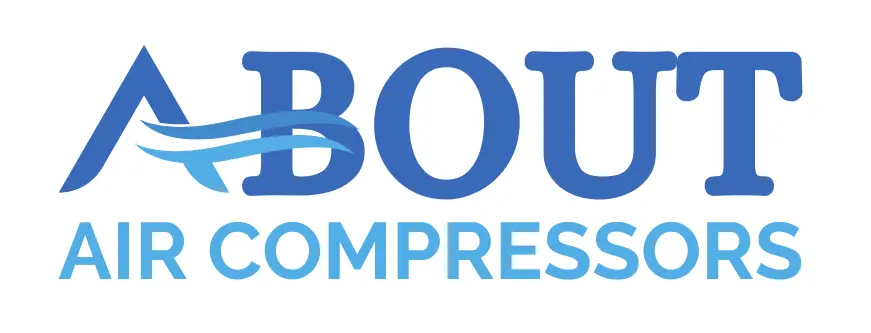When moving fluid through a system, you will require either an air pump or a compressor. They operate through different operating methods but both are able to achieve this goal.
This article will provide you with the key differences between air pumps and air compressors so that you can better understand the two and know which one is suited to your needs!
Table of Contents
- Air Compressors
- Air Pumps
- Air Compressor vs Air Pump: The Key Differences
- Air Compressor or Air Pump – Which One Is For Me?
Air Compressors
Air compressors convert power from a gas or electric powered motor into potential energy in the form of air pressure. The compressor works by compacting air into storage tanks which increases its pressure for use at the outlet. There are a number of different types of air compressors that move air into a chamber and these are:
- Reciprocating Air Compressors Explained
- Centrifugal Compressors Explained
- Rotary Vane Compressors Explained
- Axial Flow Compressors Explained
- Rotary Compressors Explained
The majority of air compressors force air into the chamber and decrease the volume in order to compress the air, and these are labelled positive-displacement compressors.
Reciprocating types pump air using pistons and one-way valves so that they can guide air into the cylinder chamber.
Negative-displacement or dynamic compressors use a spinning impeller that generates a centrifugal force to accelerate and decelerate captured air, causing it to pressurize.
For more information on the different types, click the pages listed above to visit our detailed explanations.
Air Pumps
Air pumps are used to move fluid, whether that is liquid or gas from one place to your desired place. Pumps tend to come in two basic types and these are:
- Positive displacement
- Centrifugal
Positive Displacement Pumps
Positive displacement pumps move a fixed amount of fluid by forcing it into a discharge pipe and are able to produce the same flow at a given speed regardless of discharge pressure. This makes them constant flow machines.
Types of positive displacement pumps include:
- reciprocating pumps
- power pumps
- steam pumps
- rotary pumps
Positive displacement pumps typically have a relief or safety valve on the discharge side of the cylinder to avoid bursts. This ensures that pressure inside the discharge does not increase to a point where the line bursts and causes damage to the pump itself.
Centrifugal Pumps
Centrifugal pumps work by converting the input power to kinetic energy by accelerating liquid channeled through it. The most common centrifugal pump variations include:
- radial pumps
- axial pumps
The major difference between radial and axial centrifugal pumps is their orientation. Axial pumps generate fluid motion through a lifting effect in their impeller vanes whilst a radial pump permits an outward motion of liquid, pressurizes it and allows it to exit through downstream piping.
Air Compressor vs Air Pump: The Key Differences
Though it can be said that the operating system of an air compressor and an air pump is very similar, they have some key differences. First of all, air compressors cannot draw liquids while an air pump is designed to draw and move liquids.
Air compressors squeeze the volume of gases so that the volume becomes less and the pressure increases, they cannot do this with liquids as it is too difficult to compress them. Air pumps move fluids, whether that be liquid or gas from one place to another and they can run at very low pressures whilst most air compressors are typically around 90PSI. Therefore, the output capacity of air compressors is significantly higher than that of an air pump.
Air pumps are considered the easier to maintain of the two as they may only require operating in the correct temperature and then repairs when they’re not operating effectively. Air compressors, depending on their type, require close attention and steps according to its manual in order to maintain each type. If damage occurs, the repair costs can be quite significant.
On top of the repair costs, the initial cost of buying an air compressor is a lot more than buying an air pump. This is due to the far more complex structure of air compressors.
Air Compressor or Air Pump – Which One Is For Me?
When it comes to choosing between an air compressor or an air pump, you have to consider your needs first. If you only need to compress and move gases, an air compressor is suited to your needs. If you need to move liquids and gases, an air pump is your only option, it’s as simple as that!
If you have any questions regarding air compressors vs air pumps then please leave a comment below with a photo if applicable so that someone can help you!
